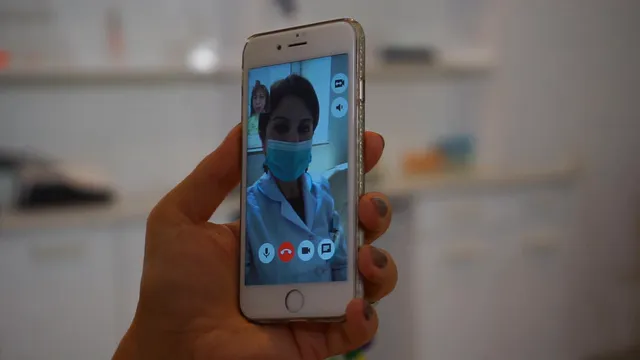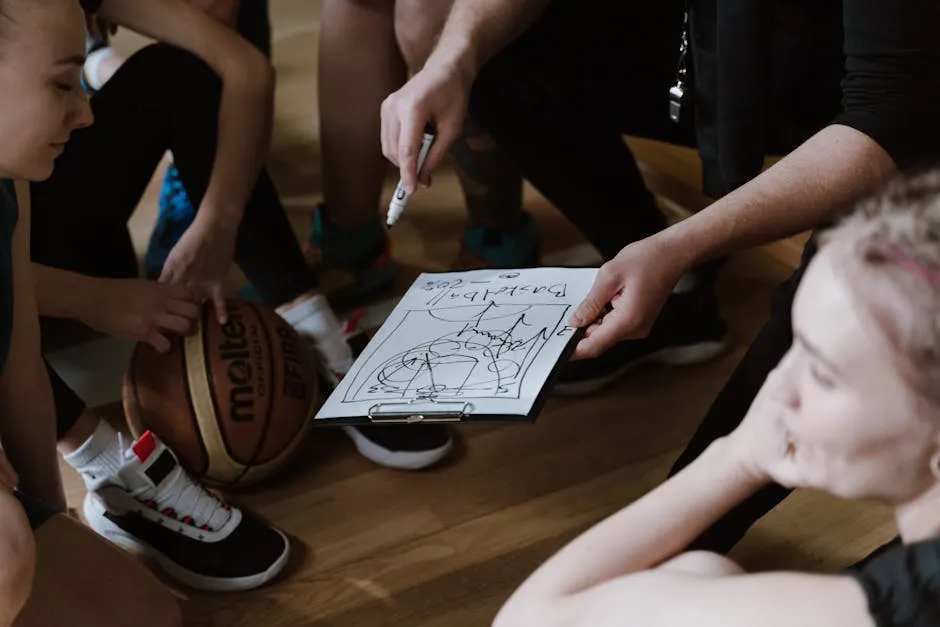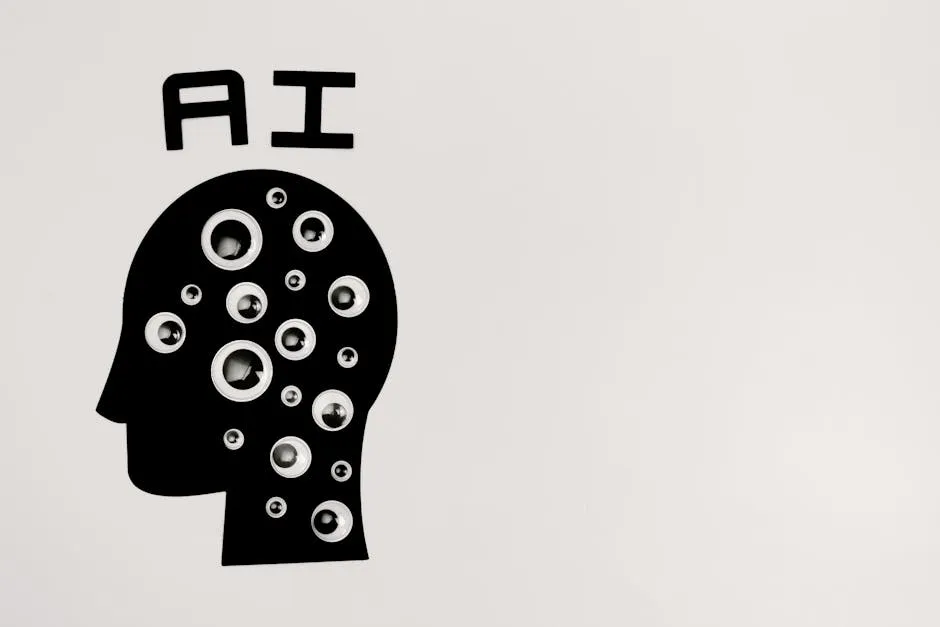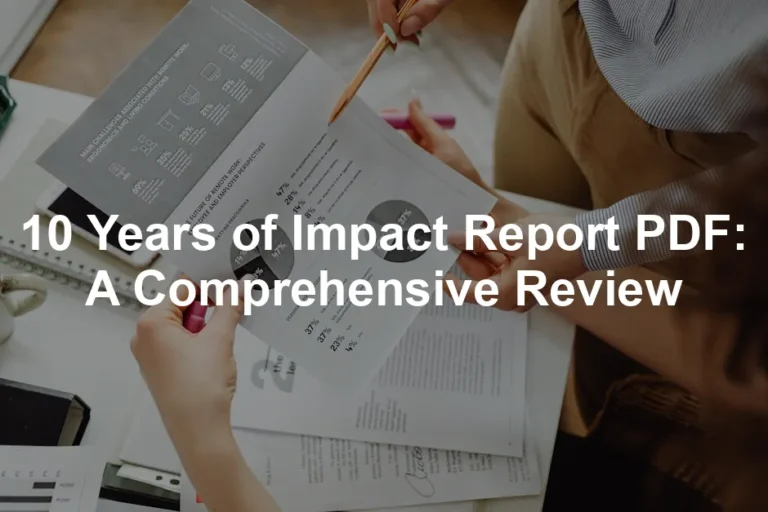Introduction
In the realm of personal injury law, navigating the complexities of injuries and their causation can be akin to walking a tightrope. Enter the Polk analysis, a legal framework that has become essential in determining liability when pre-existing conditions are in play. Just as a doctor diagnoses a patient, courts dissect claims to discern whether new injuries are truly the result of an accident or merely exacerbations of prior ailments. This article aims to demystify the Polk analysis, providing a comprehensive understanding of its implications for both plaintiffs and defendants in personal injury cases. So, strap in as we explore this intricate legal landscape—because when it comes to injuries, the devil is in the details!
In New Jersey, the Polk analysis is vital for assessing claims involving prior injuries. The legal system demands clarity between new injuries and old ones. Plaintiffs often struggle to prove their case without adequate medical documentation. Understanding how the law interprets these nuances is crucial.
Imagine experiencing a new injury but having a nagging back issue from years ago. Understanding whether that new injury is a result of the most recent accident or just the old buddy rearing its ugly head becomes essential. This analysis not only shapes outcomes but can also determine whether a claim gets tossed out or makes it to trial.
As we dissect this legal concept, expect to encounter fascinating case studies, lively commentary, and a sprinkle of humor. After all, the law can be as entertaining as it is serious. By the end of this article, you’ll have a clearer grasp of the Polk analysis, its implications, and the road ahead for those tangled in the web of personal injury claims.

Summary
The Polk analysis serves as a crucial tool in New Jersey’s personal injury law, particularly regarding the causation of injuries following accidents. Established in the landmark case Polk v. Daconceicao, this analysis requires plaintiffs to provide a comparative medical evaluation when claiming aggravation of pre-existing injuries. However, recent developments indicate that this requirement may not always apply, especially if the plaintiff does not explicitly plead for aggravation.
The analysis is particularly relevant in cases involving multiple accidents or pre-existing conditions, where courts often look for clear medical evidence to attribute injuries accurately. This article will break down various cases illustrating how courts have applied the Polk analysis, highlighting key rulings that shape its current application. Notably, the discussion will include cases such as Davidson v. Slater and Blocker v. Deloatch, showcasing how plaintiffs must navigate the requirements of comparative analysis to avoid dismissal of their claims.
Additionally, the article will explore the strategic considerations for both plaintiffs and defendants regarding the Polk analysis, including the burdens of proof and the implications of failing to provide adequate medical evidence. By the end of this article, readers will gain a robust understanding of the Polk analysis, its historical context, and its relevance in contemporary personal injury litigation.
In personal injury litigation, the stakes are high. For plaintiffs, a successful claim can mean financial relief and justice. For defendants, it’s about protecting their interests. Understanding the Polk analysis is essential for both sides. In a world where legal jargon can confuse even the best of us, this article aims to clarify the complexities of the Polk analysis, making it accessible and engaging for all.

Understanding the Polk Analysis
What is the Polk Analysis?
The Polk analysis is a crucial legal framework in New Jersey personal injury law. Originating from the case Polk v. Daconceicao, it sets standards for evaluating claims involving injuries, particularly when pre-existing conditions are involved. This analysis requires plaintiffs to establish evidence that distinguishes new injuries from prior ones.
In Polk v. Daconceicao, decided in 1993, Douglas Polk sued Manuel Daconceicao after a motor vehicle accident. Polk claimed he aggravated pre-existing injuries. The case highlighted the need for clear medical documentation to support claims of injury causation. The court’s ruling underscored that simply having prior injuries doesn’t automatically entitle a plaintiff to damages. This landmark case shaped how courts approach injury claims, emphasizing the importance of comparative medical analysis.

Legal Framework and Requirements
In New Jersey, the legal landscape around personal injury claims involves specific requirements. A critical component is the verbal threshold statute, known as N.J.S.A. 39:6A-8a. This statute limits lawsuits for non-serious injuries. If a plaintiff claims aggravation of a pre-existing condition, they must provide a comparative analysis of medical evidence. The analysis must clearly demonstrate how the accident exacerbated their previous injuries.
The verbal threshold statute aims to reduce frivolous claims and ensure that only legitimate cases proceed to trial. Under this law, if a plaintiff fails to meet the burden of proof regarding the severity and causation of their injuries, their claim may be dismissed. This legal framework necessitates that plaintiffs prepare robust medical documentation to support their claims effectively.

Key Cases Influencing the Polk Analysis
Several key cases have influenced the application of the Polk analysis, shaping its current use in New Jersey courts. One notable case is Davidson v. Slater. In this 2007 ruling, the court reiterated that comparative medical analysis is crucial when a plaintiff alleges aggravation of prior injuries. The decision emphasized that plaintiffs must provide detailed medical evidence linking their injuries directly to the accident.
Another significant case is Nichols v. Duke Linden, LLC. In 2023, this case involved a slip-and-fall incident. The court ruled that the plaintiff needed to present a comprehensive comparative analysis of their medical history to establish causation for their injuries. The court found that failing to address prior injuries could lead to dismissal of the claim.
These cases collectively highlight the importance of thorough medical documentation and comparative analysis in personal injury claims. They illustrate that, without proper evidence, allegations regarding injury aggravation may not hold up in court. Understanding these precedents helps plaintiffs and defendants navigate the complexities of the Polk analysis effectively. Each ruling reinforces the necessity for clarity and specificity in injury claims, ensuring that justice is served in cases involving pre-existing conditions.

The Role of Medical Evidence
Importance of Comparative Medical Analysis
In personal injury claims, comparative medical analysis is a heavyweight champion. It’s crucial for establishing causation, especially when pre-existing conditions are in play. Imagine trying to convince a jury that your knee pain from last week is entirely due to a car accident when you’ve been limping since your high school football days. Good luck with that!
This analysis requires a detailed examination of medical records both before and after the incident. It helps clarify whether the injury in question was genuinely aggravated by the accident or if it’s just a rerun of a previous episode. Medical evidence can include imaging studies, treatment notes, and expert testimonies. Each piece builds a clearer picture of the injury’s trajectory.
If you’re looking to enhance your understanding of medical terminology, consider grabbing a copy of Medical Terminology for Dummies. This resource can make it easier to decipher the medical evidence you might encounter in personal injury cases, reducing the chances of confusion in court!
Types of medical evidence needed often include:
- Diagnostic Imaging: X-rays, MRIs, and CT scans can reveal the extent of injuries.
- Medical History: Documentation showing prior treatments and conditions.
- Expert Testimony: Specialists who can connect the dots between the accident and the injury.
Without these elements, a claim may lack the robust foundation needed to withstand legal scrutiny. Courts often require that the evidence clearly demonstrates a link between the incident and the claimed injuries. In essence, it’s not just about what you say happened; it’s about what the medical evidence can prove.

Common Pitfalls in Medical Testimony
Inadequate medical testimony can turn a case from promising to perilous faster than you can say “negligence.” Many plaintiffs assume that a few statements from their doctors will suffice, but that’s often a recipe for disaster. Courts are not in the business of guessing. They need concrete evidence.
For example, consider the case of Wichot v. Allstate N.J. Prop. & Cas. Ins. Co. Here, the court dismissed the plaintiff’s case because his medical expert failed to provide a clear comparative analysis of the injuries. The lack of detailed evidence led to speculation, which is not a solid foundation for a claim.
Another common pitfall is when doctors provide vague conclusions without backing them up with objective data. Statements like “I think the accident could have caused this” fall flat in court. Judges want specifics, not hunches. If testimony lacks clarity or corroborating evidence, it can easily undermine a case, making it appear more like a fishing expedition than a legitimate claim.

Preparing for Court: Best Practices
Preparation is key for both plaintiffs and defendants when it comes to presenting medical evidence. Plaintiffs should gather all relevant medical records, making sure to include:
- Comprehensive Medical History: This should encompass all previous injuries and treatments. The more thorough, the better!
- Expert Reports: Secure expert opinions that directly link the injuries to the accident. Experts should understand both the medical and legal aspects of the case.
On the flip side, defendants need to challenge medical claims effectively. Here’s how:
- Review Medical Records: Scrutinize the plaintiff’s medical history for inconsistencies or gaps that could weaken their claims.
- Consider Expert Witnesses: Bring in your own medical experts to provide alternative interpretations of the evidence.
Both sides should be ready to engage in a battle of wits, with facts and logic as their weapons. Preparing for court requires diligence, clarity, and the ability to connect the dots between medical evidence and the legal standards of causation. Remember, in the courtroom, every detail counts!

Recent Developments and Future Implications
Changes in Legal Precedents
The landscape of personal injury law in New Jersey is shifting. Recent court rulings are redefining the Polk analysis, especially in light of the Automobile Insurance Cost Reduction Act (AICRA). A pivotal change is the New Jersey Supreme Court’s ruling that a comparative medical analysis is not always necessary. If a plaintiff does not claim aggravation of a pre-existing injury, they may not need to present this analysis at all.
For instance, in Wichot v. Allstate N.J. Prop. & Cas. Ins. Co., the plaintiff was not required to provide a comparative analysis because he did not plead aggravation of previous injuries. This ruling suggests a potential easing of the burden on plaintiffs, making it easier for them to move forward with their claims without the heavy lifting of comparative medical documentation.
Moreover, courts are evolving in their treatment of pre-existing conditions. In Davidson v. Slater, the court highlighted that even if pre-existing injuries exist, a plaintiff is only obligated to provide comparative analysis when they specifically plead aggravation. This nuanced approach allows for greater flexibility in how plaintiffs frame their claims, possibly making it easier to secure justice for legitimate injuries.

If you’re looking to dive deeper into legal writing, consider picking up Legal Writing in Plain English. It’s a great resource for anyone looking to sharpen their legal communication skills, which can come in handy when preparing for court!
Strategic Considerations for Plaintiffs and Defendants
With these recent changes, both plaintiffs and defendants must reassess their litigation strategies. For plaintiffs, the ability to assert a claim without the burden of comparative analysis can lead to quicker resolutions. However, they must still be prepared to present robust evidence that clearly connects their injuries to the accident. This means gathering medical records and testimony that emphasizes the severity and impact of the new injuries, even if they are not required to prove aggravation.
On the flip side, defendants now carry a heavier burden. They must be vigilant in scrutinizing the claims presented. If a plaintiff does not allege aggravation, the defendants need to proactively establish that the injuries could stem from prior incidents. This could involve comprehensive investigations into the plaintiff’s medical history and any previous injuries.
Both sides should stay informed about these legal shifts. Understanding the nuances of injury claims can make all the difference in litigation outcomes. As courts continue to refine their interpretations, being adaptable will be key for success.

The Future of the Polk Analysis
Speculation abounds regarding the future of the Polk analysis. Some legal experts ponder whether it may eventually become obsolete. If the trend continues toward less stringent requirements for plaintiffs, could the Polk analysis fade into the background?
However, it’s also possible that the analysis will remain relevant, especially in cases where injuries are particularly complex. Future legal frameworks may evolve to address injury claims more comprehensively, possibly incorporating elements of the Polk analysis while simplifying processes for plaintiffs.
Ultimately, the future will depend on how courts react to the changing dynamics of injury claims. As the legal landscape continues to evolve, both plaintiffs and defendants will need to remain agile, ready to adapt to new standards and expectations. The key takeaway is that understanding these developments now can significantly impact the outcome of future cases, making it vital for all parties involved to stay informed and prepared.

Conclusion
The Polk analysis is a cornerstone of personal injury litigation in New Jersey. As courts evolve their interpretations, understanding this framework becomes increasingly essential for all parties involved. For plaintiffs, awareness of how to effectively utilize the Polk analysis can mean the difference between securing compensation or facing dismissal. Meanwhile, defendants must grasp its nuances to defend against claims that may not hold water.
Navigating the complexities of this legal standard can feel like tackling a Rubik’s Cube—frustrating yet rewarding when you finally figure it out. The key lies in the details, especially when it comes to distinguishing between new injuries and exacerbations of pre-existing conditions.
For anyone embroiled in a personal injury case, whether you’re seeking justice or defending against allegations, being well-informed can significantly influence the outcome. The Polk analysis can be a double-edged sword, but armed with the right knowledge, you can wield it effectively.
If you want to gain insights on personal injury law, consider Personal Injury Law: A Complete Guide for Beginners. It provides a solid foundation for understanding the legal landscape and how to navigate it effectively!
Ultimately, understanding the Polk analysis is not just about legal jargon; it’s about ensuring fair resolutions to injury claims. As more cases unfold and precedents are set, staying updated will help you navigate this intricate legal landscape. So, whether you’re a plaintiff or a defendant, remember: knowledge is power, and in personal injury law, it might just be your ticket to victory.

FAQs
What is the Polk analysis?
The Polk analysis is a legal framework used in New Jersey to determine causation in personal injury claims, particularly when pre-existing injuries are involved.
When is a comparative medical analysis required?
A comparative medical analysis is required when a plaintiff alleges aggravation of pre-existing injuries in their claim.
What happens if a plaintiff fails to provide adequate medical evidence?
If a plaintiff fails to provide sufficient medical evidence, their claim may be dismissed on summary judgment.
Can the Polk analysis be applied in cases outside of New Jersey?
While the Polk analysis is specific to New Jersey law, similar principles regarding causation and medical evidence apply in other jurisdictions, albeit under different legal frameworks.
How can I prepare for a case involving the Polk analysis?
Gather detailed medical records, consult with medical experts, and ensure that your legal representation understands the nuances of the Polk analysis to effectively present your case.
Understanding the crime statistics in Camden, New Jersey can provide essential context for legal cases in the area. camden new jersey crime statistics
If you’re interested in keeping track of your health, consider a Fitness Tracker Watch. It can help you monitor your physical activity, heart rate, and sleep patterns, making it a great companion for injury recovery!
Please let us know what you think about our content by leaving a comment down below!
Thank you for reading till here 🙂
All images from Pexels




